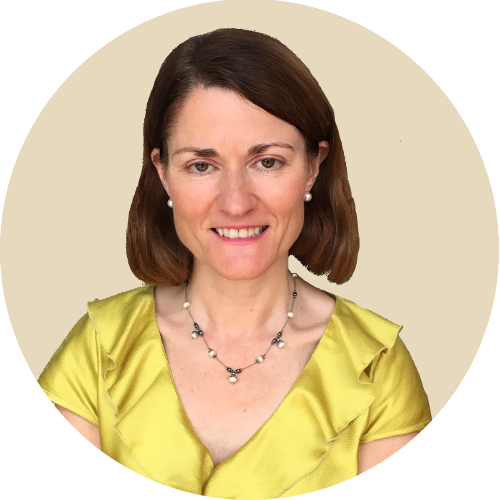Author: Charlotte Francis
Yesterday’s Generosity Forum in Melbourne was abuzz with enlightening conversations about what is happening in the sector now and into the future, and what needs to change.
Wendy Scaife from the Australian Centre for Philanthropy and Nonprofit Studies, QUT kicked off with some industry figures – four out of ten wealthy Australians are not giving – and made the case for change, lamenting that the sector’s voice is more ‘Tiny Tim’ than Jimmy Barnes and that philanthropy needs to strengthen leadership and play a greater role in advocacy, a sentiment echoed by Vedran Drakulic OAM, CEO of Gandel Philanthropy.
One theme that cropped up throughout was the awareness of the power imbalance – both real and perceived – between funders and recipient charities. Natalie Egleton, CEO of FRRR explained how their community-centred approach to philanthropy works to overcome this imbalance through partnerships, listening, building trust and feedback loops. She shared a wonderful case study of how visiting a men’s shed project in Whittlesea – enabled understanding and funding of a project that had been previously unsuccessful – and led to two further grants.
Co-design and capacity building are other ways of breaking down the barriers. Georgina Byron, CEO of the Snow Foundation, shared how they had worked with KPMG and other partners to assist financially disadvantaged women experiencing Domestic Violence with micro-finance loans. And Gandel Philanthropy has supported Courage to Care’s project teaching school kids about empathy with both funds and capacity building – ‘we wanted to help then professionalise’ said Vedran Drakulic. Gandel is now underwriting 50% of the costs of an Executive Officer for three years to enable the organisation to grow.
Collaboration involves two-way learning, something the Ramsay Foundation firmly believes in. A Foundation with an unusually wide and flexible remit, CEO Simon Freeman described an organic process of learning from the relationships with their partnership charities. And measuring impact includes looking at what is not working as much as what is.
Professor Jo Barraket from Swinburne’s Centre for Social Impact pointed out that impact can be a bit of a buzz word. Her advice is to think what measures really matter in terms of the changes we 
And – high fives here – Dr Alice Hill of the Antipodean Family Foundation reminded us that story-telling is still important. And we were lucky enough to see this in action as the Funding Network staged a live pop-up Collective Giving event with three grassroots organisations pitching their case for support in just three engaging minutes each -– that’s how our elevator pitches should be. Take note!
In a rare appearance – he’s the kind of funder who “likes to make an impact, not a statement”, John Wylie from the John and Myriam Wylie Foundation spoke of wanting to be seen as a partner not a donor. And, for him, it’s all about funding organisations where board members roll up their sleeves and are involved, that are cost conscious and well run with good governance and leadership.
Last but not least it’s always heartening to hear that there’s a growing trend towards longer term funding and involvement – “Re-defining long-term could be ten years’ said Jenny Wheatley CEO of the Vincent Fairfax Family Foundation. And “anything worthwhile takes time,” noted Wendy Scaife, looking not just at creating lasting community outcomes, but at driving change in the sector itself.


